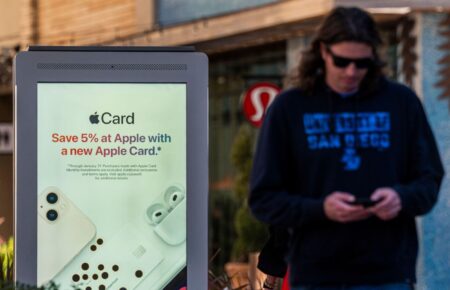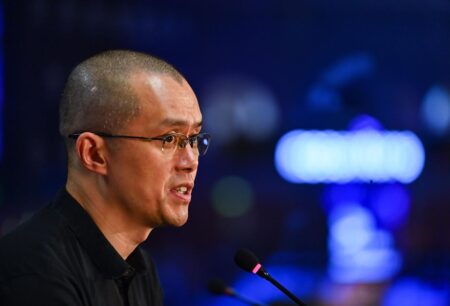Aflac CEO Dan Amos Reveals His Strategy To Lead In A More Polarized And Personalized World.
By Diane Brady, Forbes Staff
To understand Dan Amos’ approach to leadership, consider the first role he took at Aflac after graduating from the University of Georgia in 1973. As son of cofounder Paul Amos, one of three brothers who founded the insurance company in 1955, he could have hung out in the head office. Instead, he started in sales.
“I wanted an objective job, not a subjective job,” says Amos, 72, who went on to become the top salesman of the supplemental health and life insurance company—and its CEO in 1990. “Goal-setting always intrigued me and was something I liked.”
That focus on results has helped Amos grow Aflac (AFL) from a market cap of $2 billion to $48.5 billion, with a stock that’s up 18% this year, closing at $82.97 on Nov. 27. Revenue has grown from around $2 billion in 1990 to $19.44 billion last year.
But maintaining that growth is no easy task. Volatile interest rates and inflation can wreak havoc on the carefully-calibrated balance of payouts, premium prices and investment income. Aging populations create more demand for products and payouts, not to mention more competition and attention from policymakers. That creates pressure to introduce new products and processes while maintaining a steady track record and recognized brand. In short, it helps to have a duck.
Saved By The Duck
Amos says his company’s lack of name recognition and the industry’s lack of humor inspired him to back a marketing campaign in 2000 starring a white duck that quacked the word “Aflac” — the acronym that the American Family Life Assurance Company of Columbus had used since 1969. “It was scary in that we’d never made fun of ourselves,” says Amos. But with less than 6% name recognition at the time, he adds, “I was willing to do anything that’s tasteful.”
More important, enthusiastic feedback from focus groups helped the duck clear the bar on what Amos says are the three core principles of risk management in his industry: “Don’t risk a lot for a little, don’t risk more than you can afford to lose and consider the odds.” Within three years, Aflac’s name recognition had soared to 90% and sales more than doubled. And the market for supplemental insurance continues to grow.
Rising Cancer Rates Under 50
“We’ve seen a jump in cancer affecting younger people,” says Amos, citing a statistic showing “there’s been a 79% increase in cancer between 1990 and 2019 in people under age 50.”
Longer lifespans have also increased the popularity of products like cancer insurance, which is Aflac’s top-selling insurance in Japan—where one in every four households is insured by Aflac. Its strength in that market became a challenge when a weaker yen impacted the bottom line.
Amos spoke with Forbes about his leadership philosophy, the impact of new technologies and navigating a polarized political climate. When trust is low, he argues, relationships matter. “Ultimately, consumers want to talk to individuals about their healthcare needs,” Amos says. “People don’t want to give all their information to a computer.”
Click on the video above for the full interview.
MORE FROM FORBES
Read the full article here













